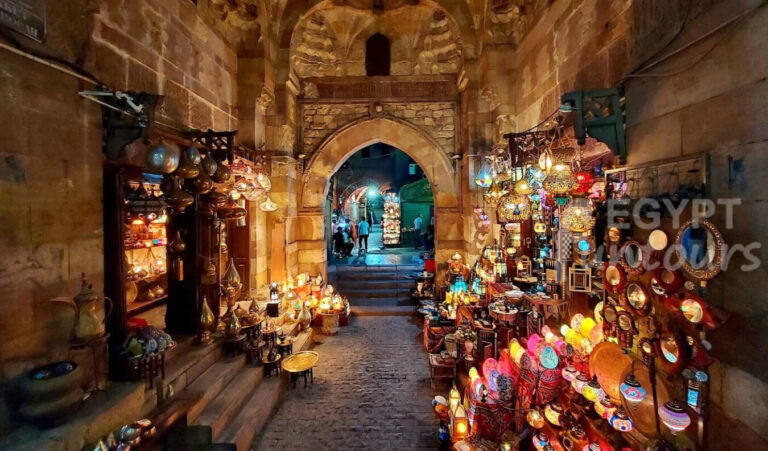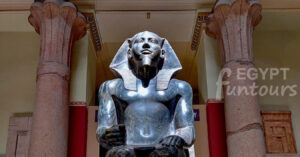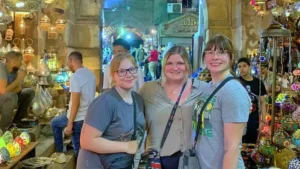For 500 years, the pharaohs of the New Kingdom were buried in the secret, golden tombs of the Valley of the Kings. But have you ever asked: who actually built them?
Welcome to Deir El-Medina, the “hidden gem” of the Luxor West Bank. This is the secret, walled village where the royal craftsmen, artisans, and artists who carved and painted the Valley of the Kings lived, worked, and died.
This is not a site for kings or gods. This is a “behind-the-scenes” look at the “middle class” of ancient Egypt—the highly-skilled, literate, and well-paid workers. And because they were the best artists in the land, they saved their finest work for their own tombs. The result is a place of breathtaking, vibrant color and personal, human-scale history.


























